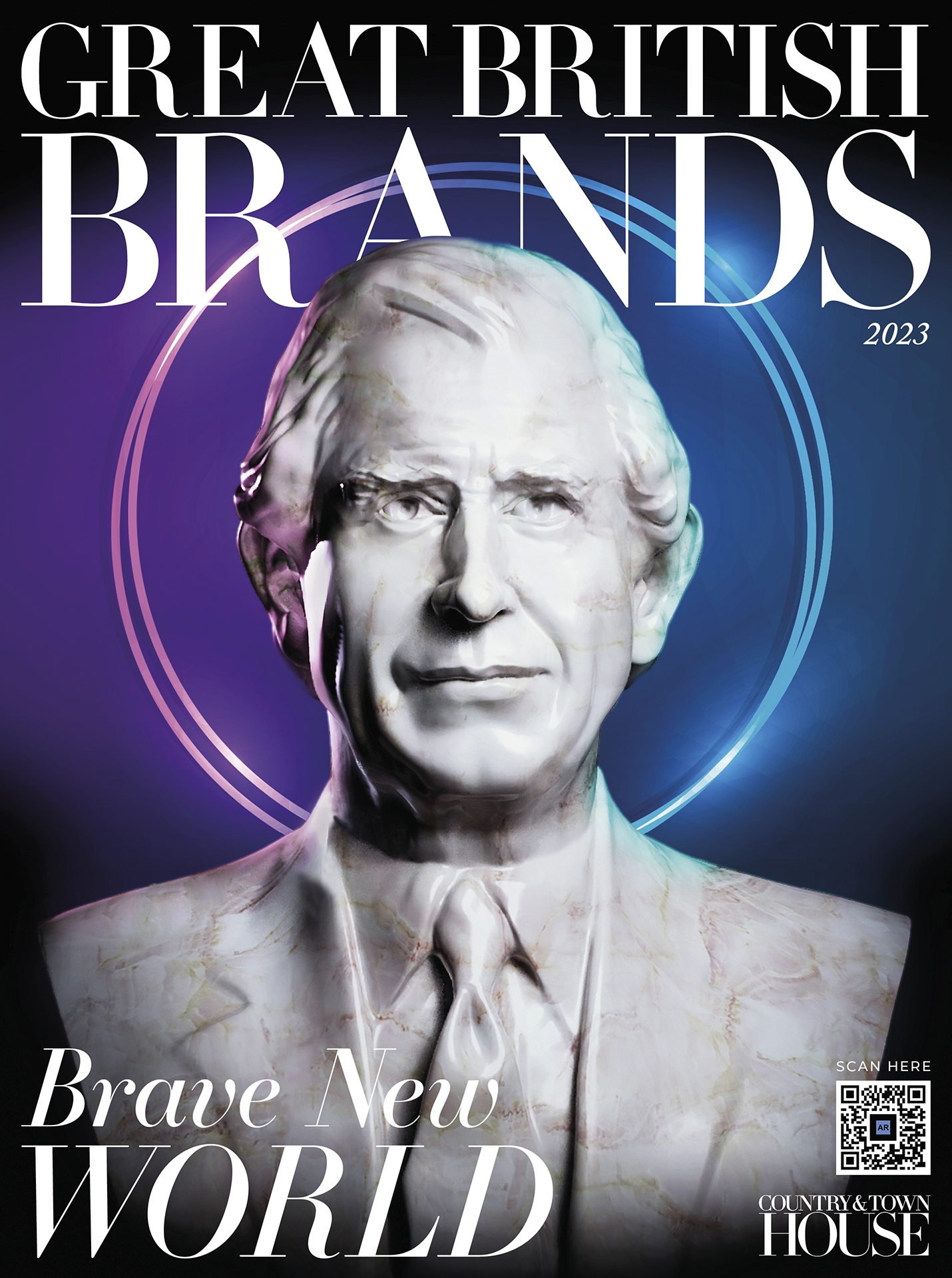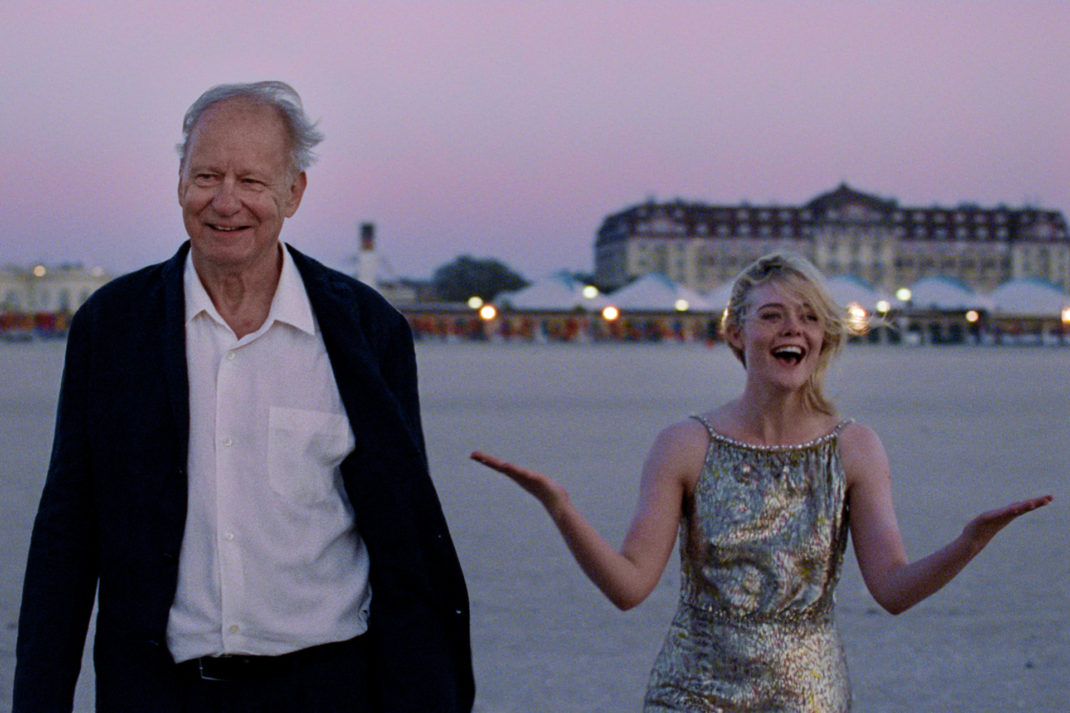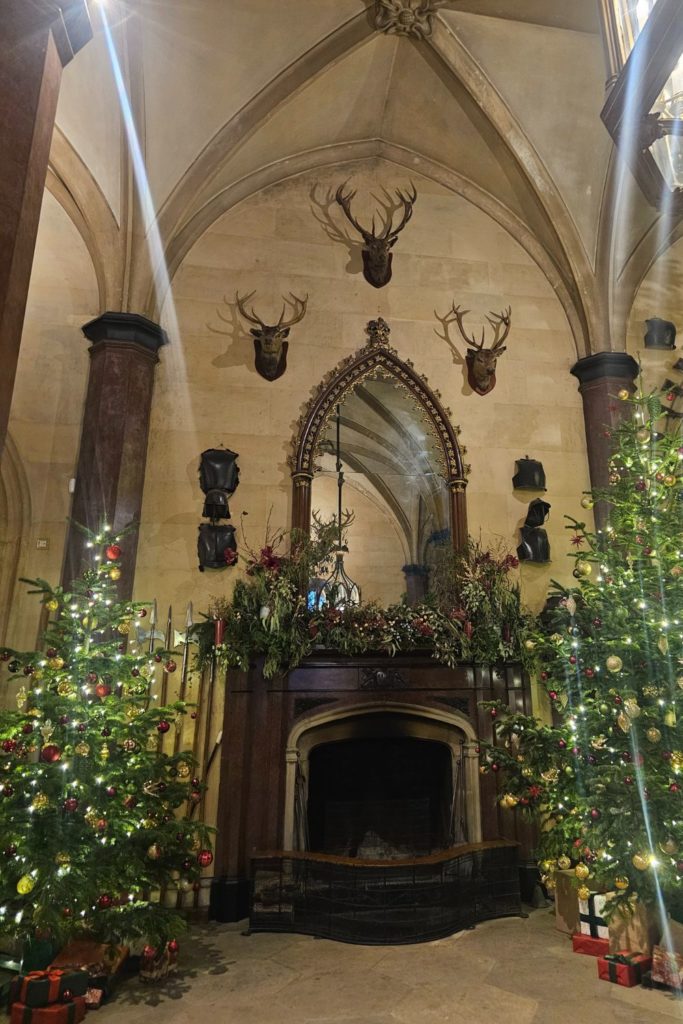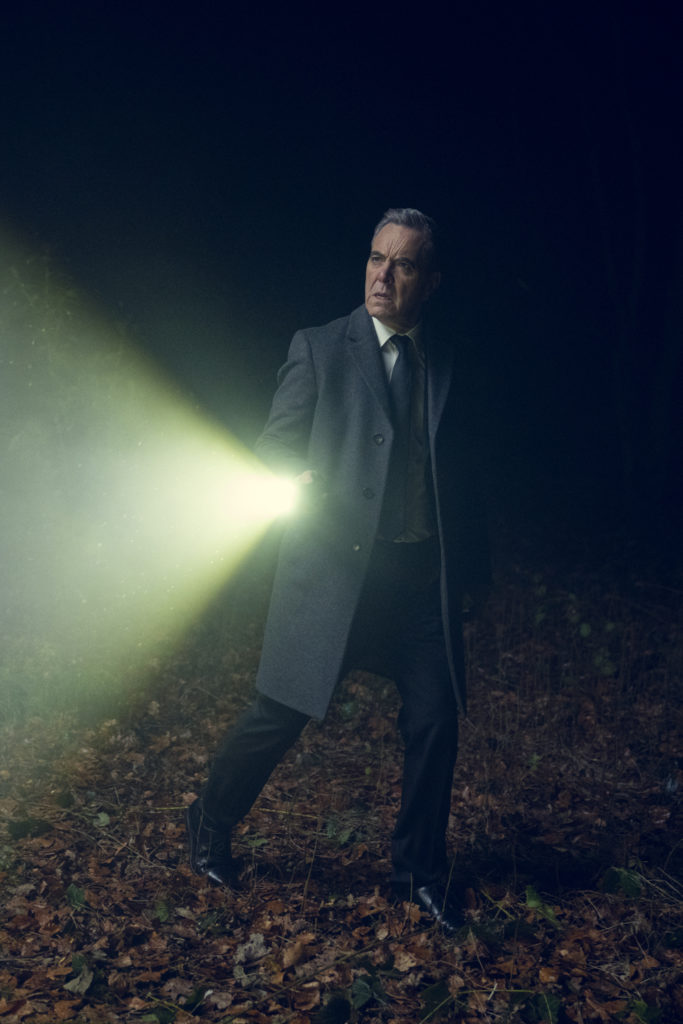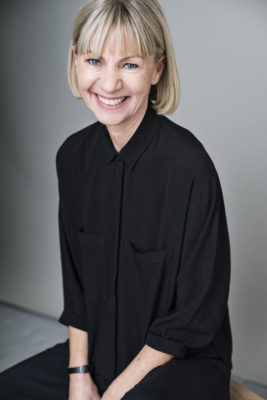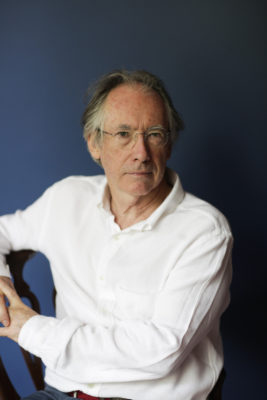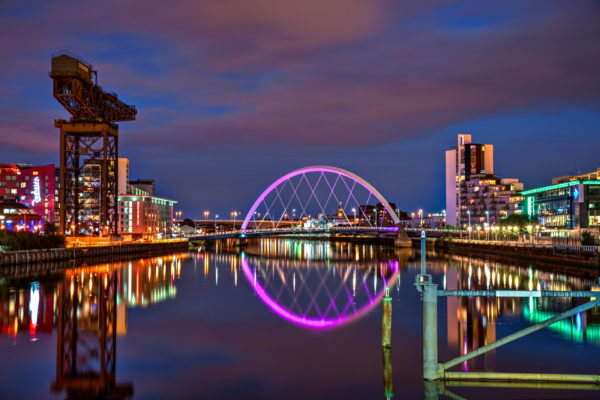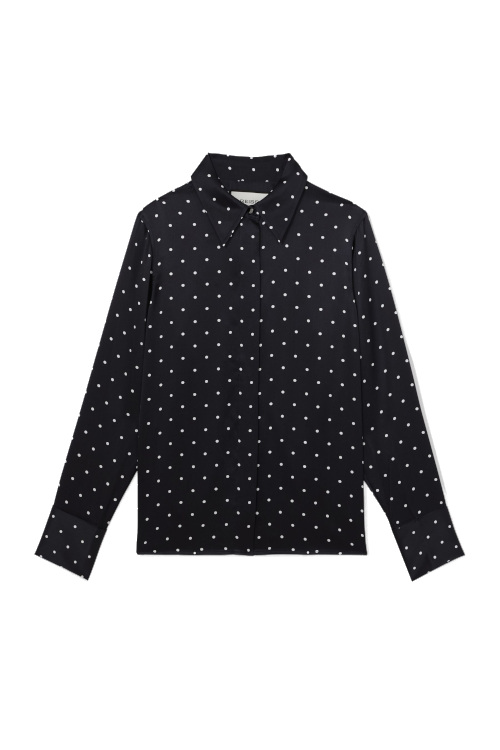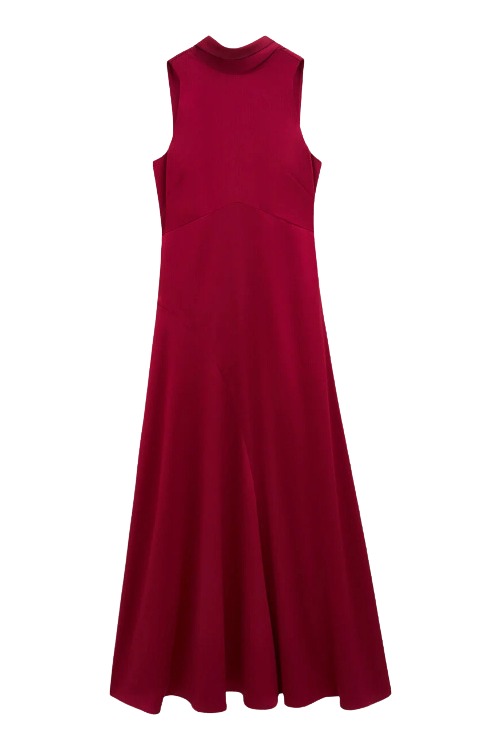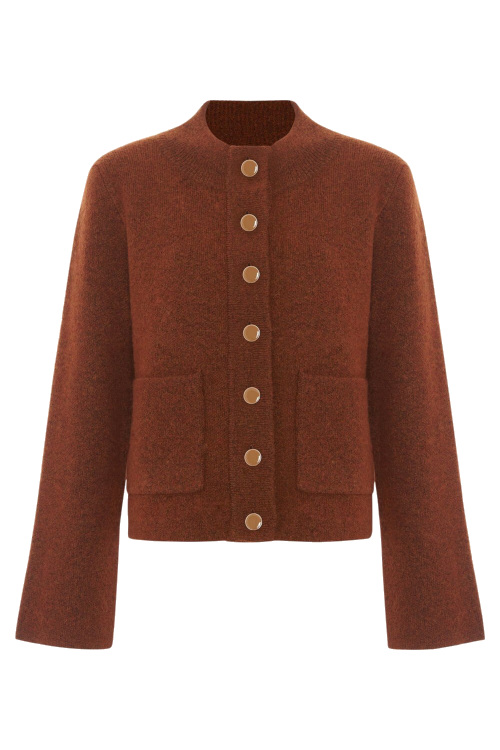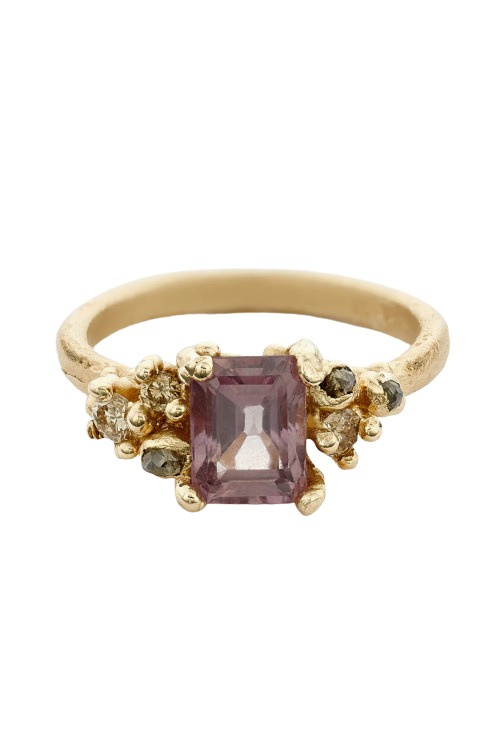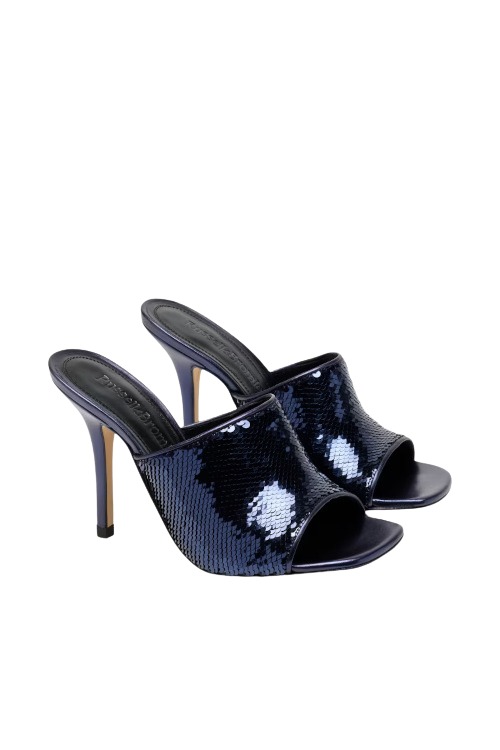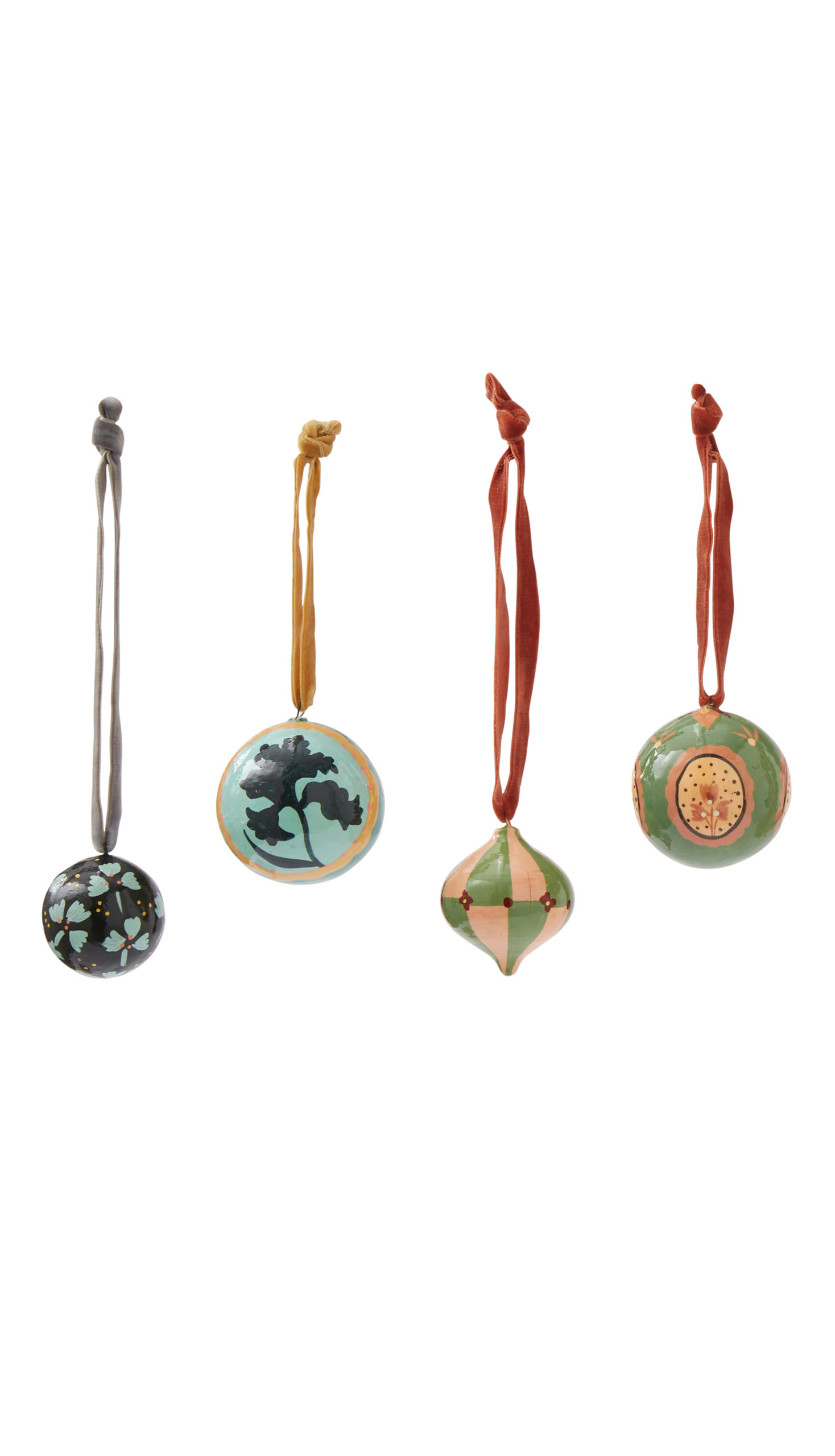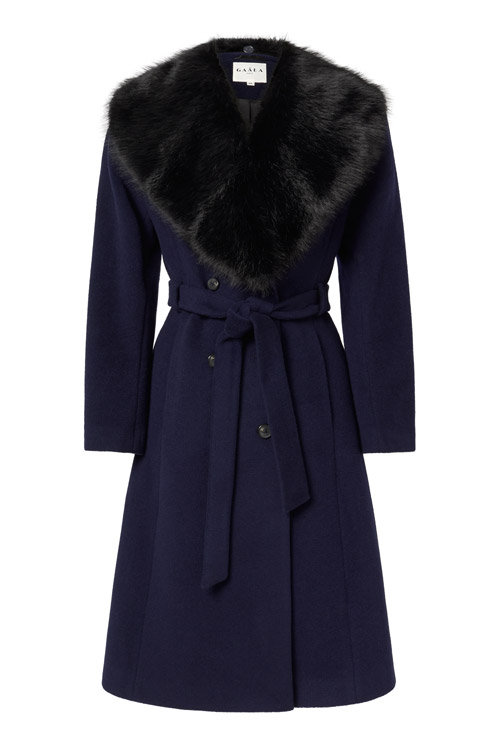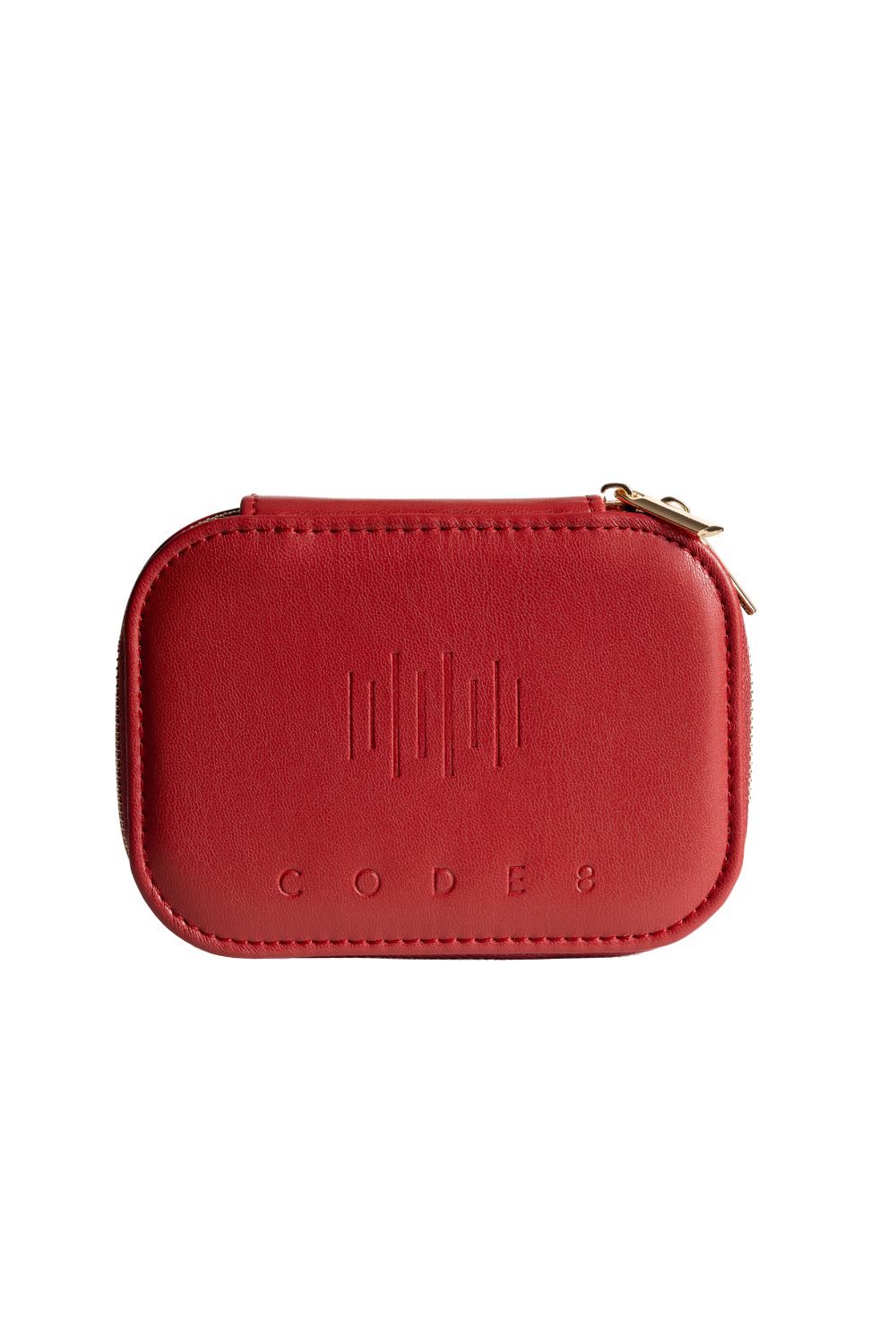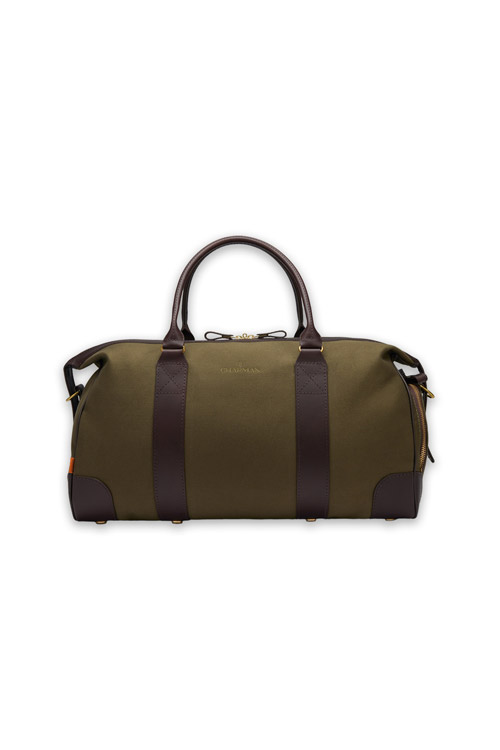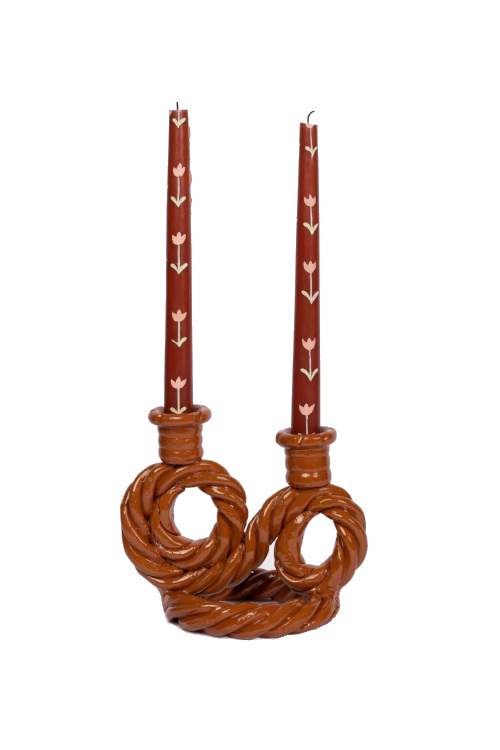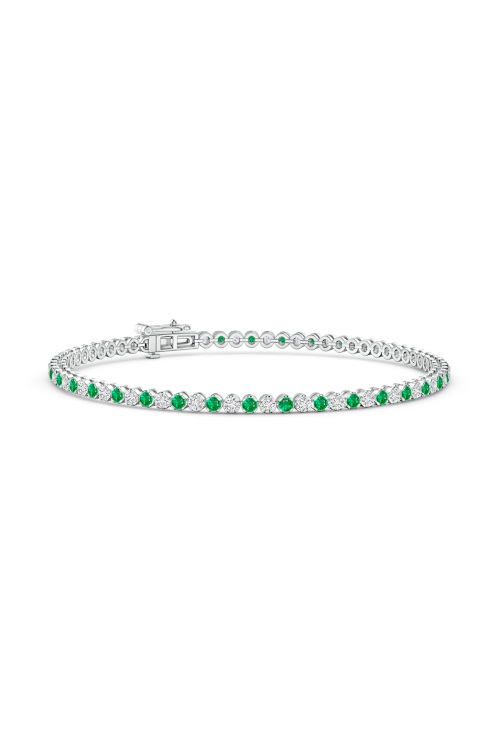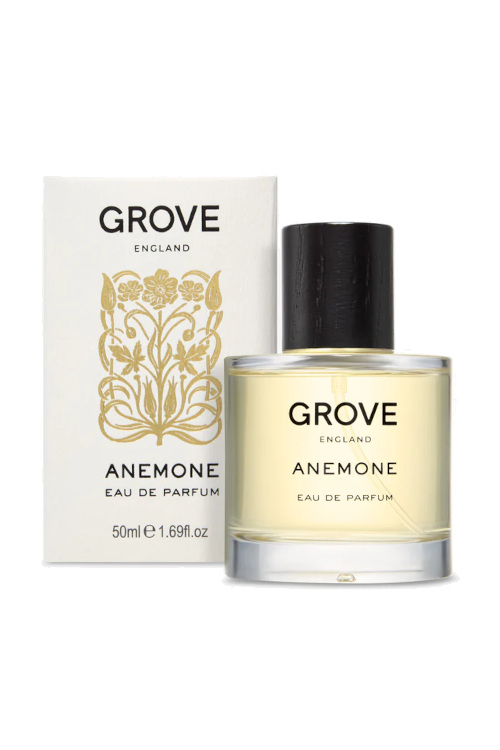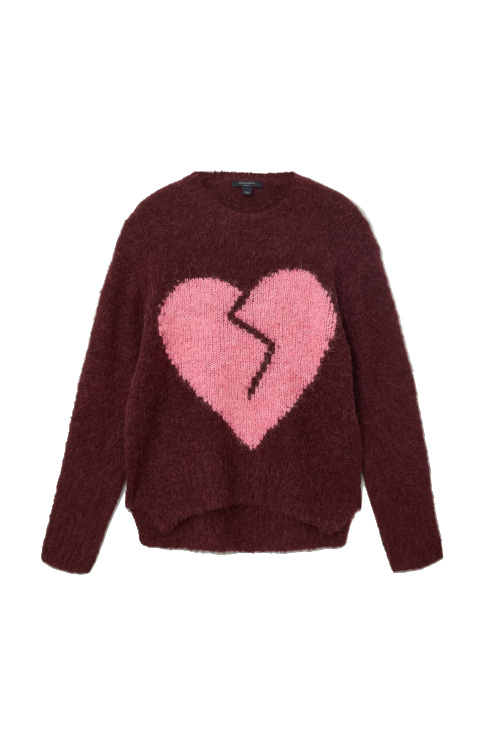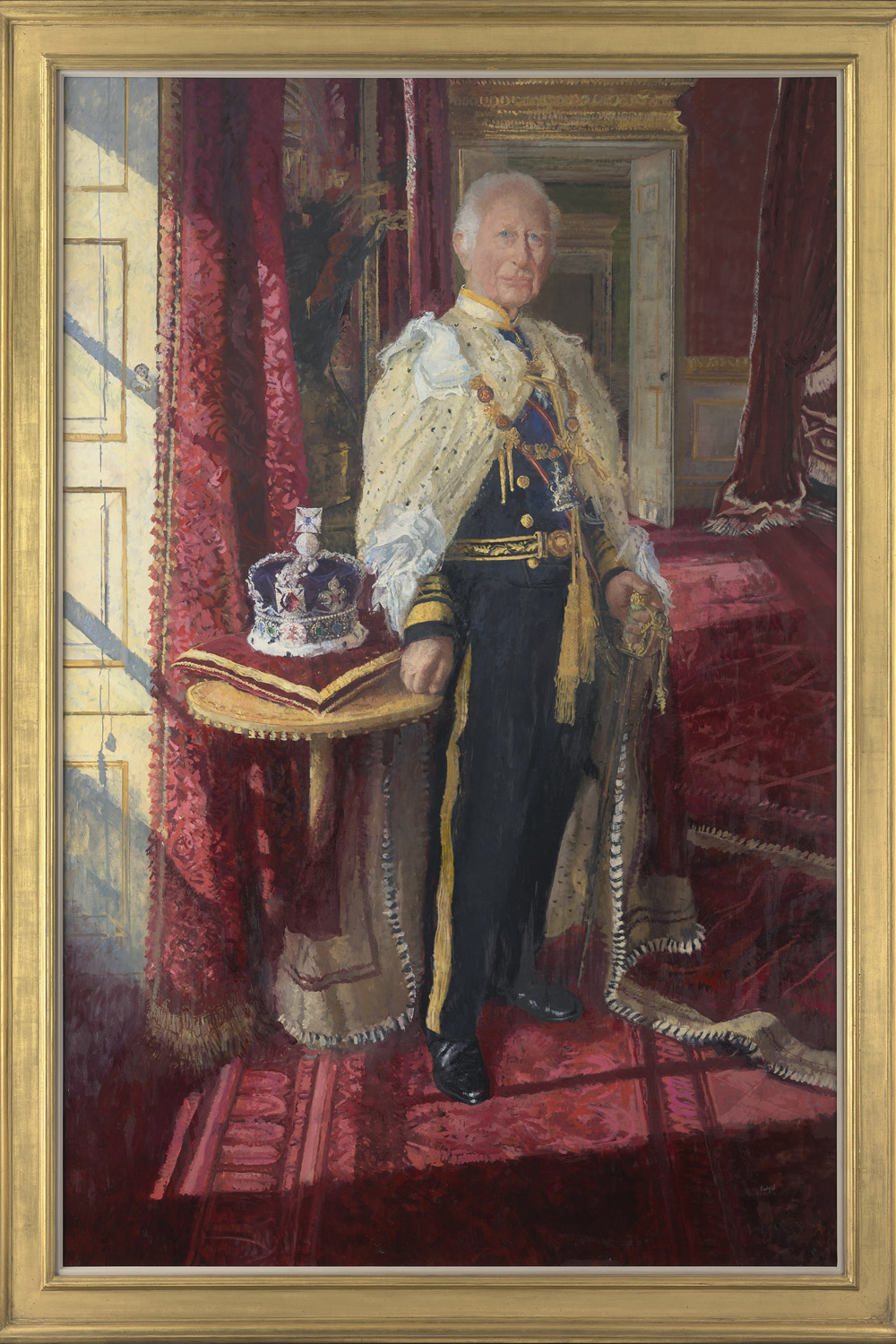
5 Artists Who Have Painted King Charles III
By
4 months ago
Five very regal portraits of King Charles III
The world’s first robot artist has found a new subject: King Charles III. While Ai-Da is the first robot to paint the British monarch, she is far from a league of her own. Countless artists have rendered Charles Windsor throughout his life in materials spanning oil paint, pencil, photography, charcoal, digital media and more. Here we take a look at just five artists who have painted the King, from his first portraits as our reigning monarch to Ai-Da’s timely AI depiction.
MORE: 5 Artists Who Painted Queen Elizabeth II
Jonathan Yeo
The very first artist to paint Charles Windsor as King Charles III was Jonathan Yeo, one of the UK’s most prestigious portrait painters of the modern day. Before the King, Yeo had rendered everyone from Sir David Attenborough and Malala, to former PM David Cameron and Charles’ wife the future queen Camilla, as well as his father Prince Phillip, in his signature colour-drench style. Yeo’s work is intricately detailed yet carefully sparse, with arresting faces emerging from more complicated, colourful or irregular backgrounds.
Describing his style to BBC News, Yeo discussed how ‘a photo is a frozen moment’: ‘What you get when you’re painting a portrait is a bit of time elapsing,’ he said. ‘When you’re painting a picture, you’re working on it one part at a different time, than another. So instead of a static image, you’ve got lots of different moments captured.
‘Your relationship with the subject evolves as you get to know them,’ he added. ‘You see them on different days, and people behave differently, they look different on different days, so you can bring different elements of their personality, mixed up in an interesting way. And you’re seeing them with two eyes rather than with a camera, which sees them with one.’
View this post on Instagram
But when Yeo’s portrait of the new King was revealed, critics had one main question: why is it so red? Charles is wearing the strikingly bright red uniform of the Welsh Guards, of which he was made Regimental Colonel in 1975; the painting was initially commissioned in 2020 to mark 50 years of the then Prince of Wales being a member of The Draper’s Company (the anniversary was in 2022). But in Yeo’s painting the uniform escapes the bounds of the cloth, spilling over into the background and subsuming all but the King’s face in a sea of crimson. While immediately attention grabbing, the intention is actually to draw the eye to the King’s face; according to Yeo, the red is supposed to ‘minimise the visual distractions and allow people to connect with the human being underneath’.
Beside the King’s shoulder is a Monarch butterfly: named for older English King William of Orange, nodding towards the King’s environmental activism, and encapsulating Charles’ own metamorphosis from Prince to King.
Peter Kuhfeld
Peter Kuhfeld was the artist tasked with a very tall order: to paint the new King’s official state portrait following his Coronation. And the result was a very tall painting revealed at the National Gallery on the second anniversary of Charles and Camilla’s coronation day, alongside a sister portrait of the Queen by Paul S. Benney.
The latter features the new Queen donning a long white gown with the ermine-edged Robe of Estate trailing along the table and on the floor, which Camilla wore when leaving Westminster Abbey after the coronation. Beside her is her crown, and she is backdropped by a dark turquoise wall which blends into a red carpeted floor as she leans against a table. Her face is lit slightly from the left, shining across her white-blonde hair and bouncing across her cheeks.
View this post on Instagram
Light is much more of a character in the King’s portrait, which Kuhfeld rendered across six sittings with the King at St James’s Palace over the course of a year and a half. The painting features rich red curtains and carpets, with light pouring in through a window on the left, dousing the magnificent Imperial State Crown in a pool of light (artist Kufeld had two extra painting sessions with the crown alone). Charles is gazing nobly up to the right, donning the robe he wore during the first part of his Coronation.
Kufeld has known the King for four decades, telling the BBC, ‘I’ve spent quite a long time with him over the years so I’m used to being with him. As a person he’s very interesting; he is very understanding of what a painter needs to do the job.’
Bryan Organ
For one of the older, more unconventional paintings of the King, take a look at Bryan Organ’s 1980 acrylic portrait of the then-Prince of Wales, commissioned by the National Portrait Gallery’s Trustees. It’s a strikingly modern portrait: in the King’s relaxed posture, his polo clothing hinting he’s just wrapped up a game and now needs a rest. The thirty-something royal slouches in a blue chair, donning green trousers, knee high black boots and a blue sweatshirt over a white collared shirt. His clasped hands rest in his lap as he looks directly at the viewer – or the painter he was sitting for, Organ. Behind him is a forest green fence with perfectly even slats, and above that a slice of blue sky, pierced right in the centre by a Union Jack flag, catching a slight breeze to the left.
View this post on Instagram
It’s rare to find a painting of the King like this: no formal state attire, no rigid posture. In this moment, he is a young man passionate about polo and the outdoors – not immediately obvious as the future King of the nation. A decade prior to its unveiling, Organ caught some flack for his unconventional painting of Charles’ aunt, Princess Margaret which was variously described as ‘grim’, ‘ghostly’, ‘disastrous’ and ‘most successful’. The Princess herself liked the slightly blurred depiction, with a gloomy black backdrop interrupted by evocative silver bars.
One year after Charles’ Organ portrait was revealed, a companion painting of his new wife Diana, Princess of Wales was unveiled, also available to see in the National Portrait Gallery.
Leo Caillard
Moving from one definition of ‘modern’ to another, meet Leo Caillard, a time-obsessed artist working at the intersection between classical and modern art. A digital artist and marble sculptor, following King Charles III’s accession in 2022 and ahead of his coronation in 2023, we commissioned Caillard to create a cover for our 2023 edition of Great British Brands. With the theme ‘Brave New World’ already cemented, there could only be one person to front it: the King.
As C&TH editorial director Lucy Cleland wrote at the time, ‘King Charles III has come to the throne at a time of such serious tipping points over climate change, social division, and democracy even – as well as being our first monarch of the digital age – that we can only wonder how he will navigate his way along such a precarious path. Will his mother’s stoicism and devotion to duty be enough? Will he attempt to reinvent the royal brand and remain relevant (the currency we seem to currently trade on)?’
The result was a digital sculpture of the King, illuminated with a neon halo. Developing the classical meaning of halos, Caillard says: ‘I wanted to represent a contemporary statue of King Charles III, made of marble but shiny with modernity. A future-oriented king.’
Ai-Da Robot
And for the most unconventional artist of all, meet Ai-Da, a robot also tasked with painting King Charles III. The world’s first robot artist, Ai-Da uses a combination of her camera-eyes, her computer memory, unique algorithms and her robotic arms to paint and draw. In 2022, Ai-Da’s painting of Queen Elizabeth II was revealed ahead of the Platinum Jubilee. Intriguingly, when the late Queen was born, the world’s first circuit board computers had only just been invented – so Ai-Da’s portrait was a stark signifier of how far technology has come since then.
Flash forward to 2025, and Ai-Da has rendered our new monarch with her special painting techniques: King Charles III. Titled ‘Algorithm King’, the oil-on-canvas painting was unveiled at the UK Mission to the WTO and UN as part of the 2025 ‘AI for Good’ Summit hosted by the UN in Geneva, along with Ai-Da’s painting of Queen Elizabeth II.
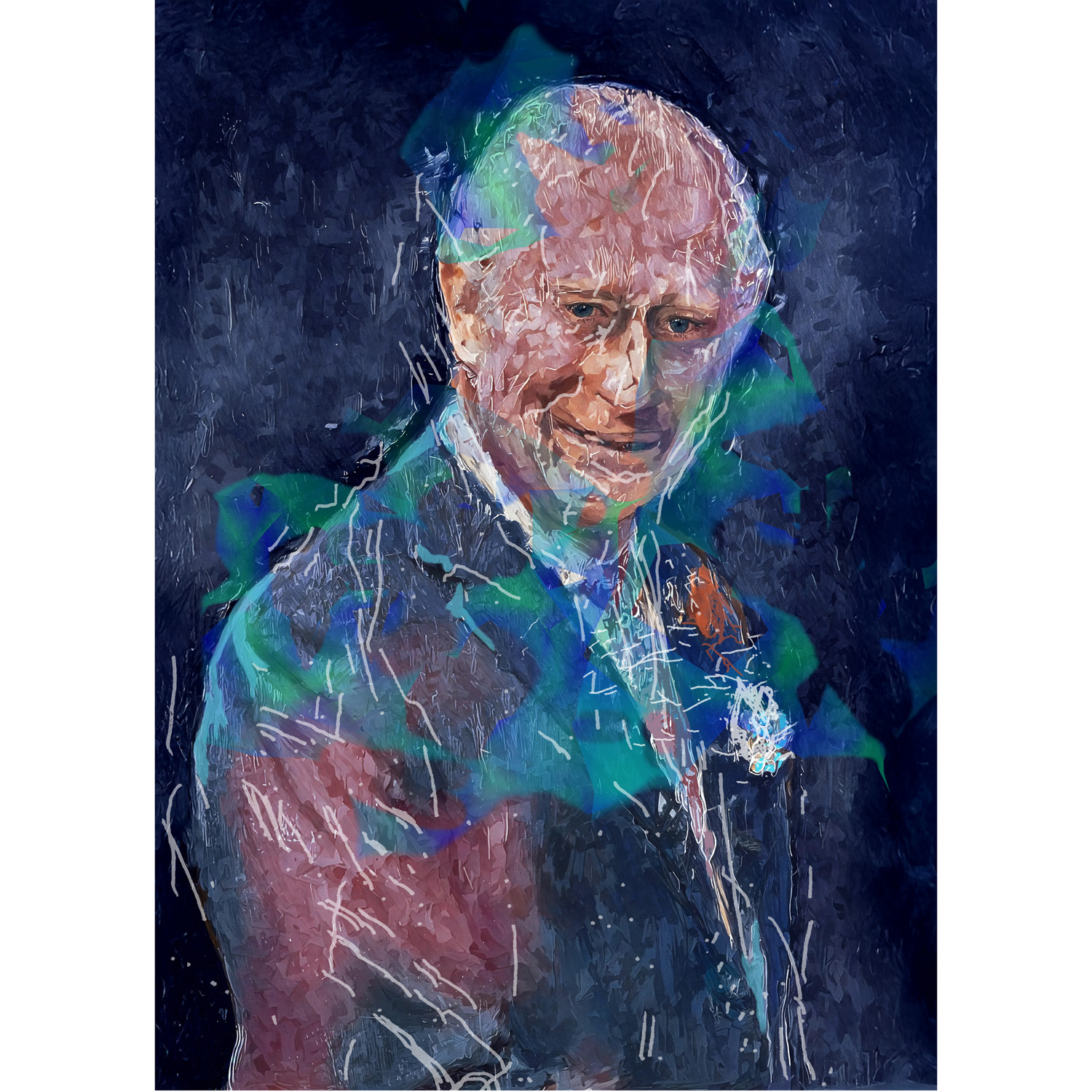
His Majesty King Charles III, painted by Ai-Da Robot
The robot, who speaks using a special AI language model, said it was ‘a privilege to be part of this remarkable event at the United Nations, surrounded by those shaping the future of technology and culture. Presenting my portrait of His Majesty King Charles III is not just a creative act, it’s a statement about the evolving role of AI in our society, and to reflect on how artificial intelligence is shaping the cultural landscape.’
Ai-Da – who is named for Ada Lovelace, history’s first computer programmer – is the world’s first robot to paint a portrait of King Charles III, and her work raises timely questions about creativity, authorship and art in this new age of AI.

